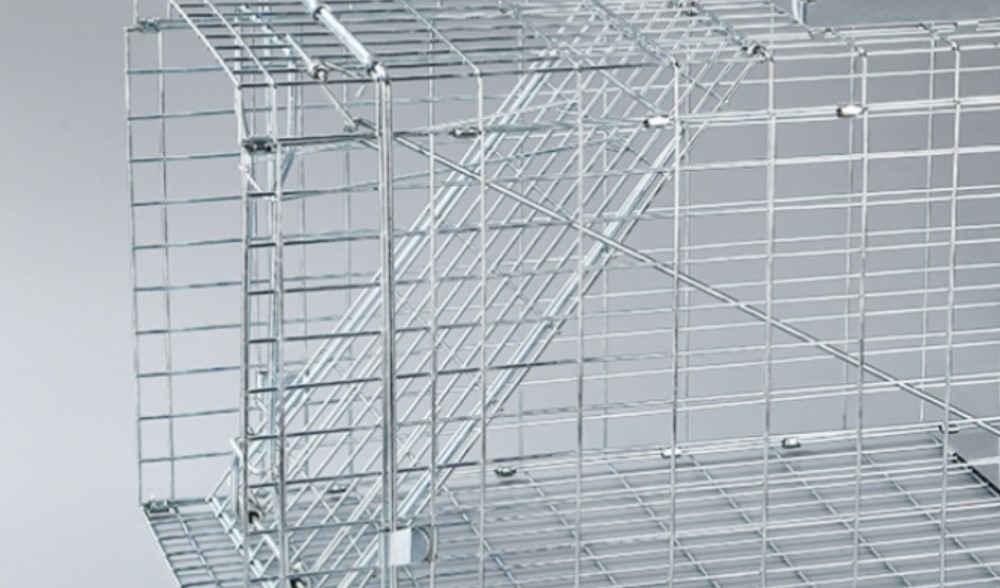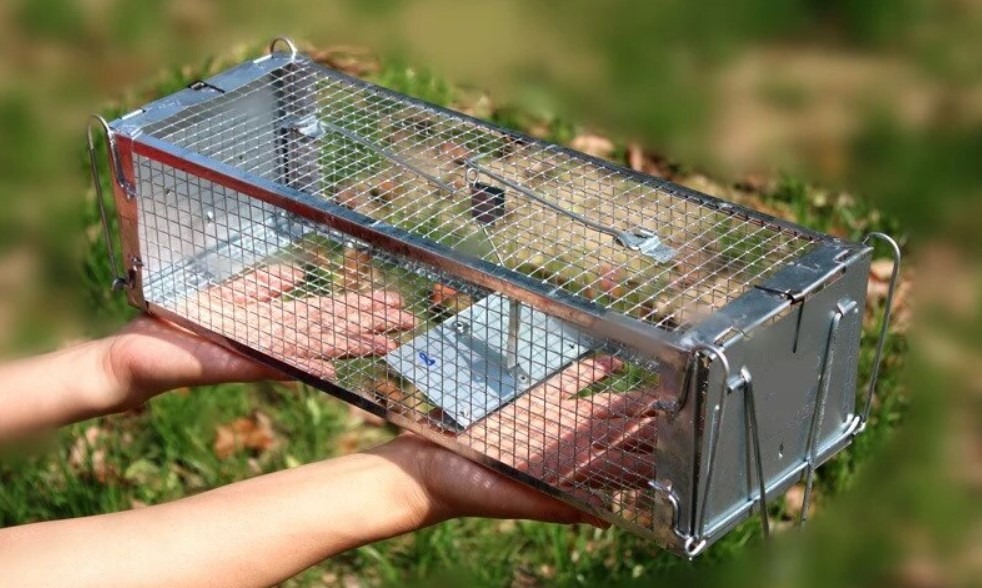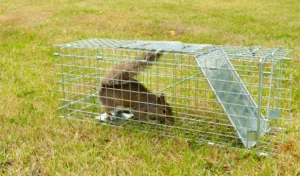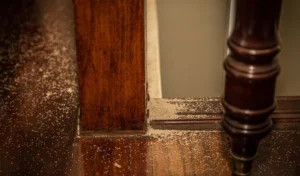Live Trapping
Once wild animals have set foot on your property or home, they can be quite challenging to control. They may also do a lot of damage, so it’s ideal to take action as soon as possible when you realize you have an issue. Snap traps, glue boards, and poison bait are some of the most popular techniques for dealing with wild animals.
While the techniques mentioned above may help you get rid of pests, not everyone wants to use insecticides. Safe Killerunderstands this, which is why we provide non-invasive live trapping methods and goods that can capture rodents and animals without causing harm.
What are Live Traps?
Live traps are a sort of animal trapping that is non-invasive, causing the target animal to suffer no injury. The intruder is taken away and released back into the wild rather than killed once it has been caught by a live trap.
Smaller rodents like as mice, as well as larger animals such as squirrels, raccoons, foxes, woodchucks, and other similar species that may enter a yard and cause damage can all be trapped using live traps.
Various types of traps are used to entice, deceive, and capture rats in traps. Single-door traps, rear-door traps, and foldable two-door traps are examples of this. Rodents such as rats and mice have traps where multiple captures can be obtained. Here are a few:

Single-door traps -The spring-loaded door at the front of these traps is simply a trap with one spring-loaded door; animals are trapped, baited, and released through this single entrance. This trap is simple to use and safe for children and pets to encounter.
Rear-door traps – The most-common type of live trap is the two-door trap. The rear door, which slides open, may be used to bait and release the animal, while setting can be handled through the spring-loaded front door or the rear door. The front door is operated by a handle that allows for quick access to bait and set it as well as the secure release of the trapped animal. It’s perfect for aggressive animals because it features a rear door with a double latch and security lock.
Multiple-Capture Traps – these live traps for rats are designed to capture and hold small rodents like mice. The efficiency of multiple capture mouse traps is their capability to function for long periods without bait and their ability to reset themselves. Wind-up, high-profile types utilize a spring-operated paddle wheel to fling captured rodents into a chamber. The best way to get rid of mice is with a snap trap. Non-windup traps that utilize a variety of tunnels and treadles enable mice to enter but not exit. Mice are drawn to investigate new openings in their territory, which is why multiple-capture live traps for rats are so effective.
Using Live Traps for Rats
- Set some of your trap locations at the end of runways, where rats are most likely to travel. Set snap traps parallel to a wall with the trigger end almost touching it to maximize rat crossing over the traps during their natural routes along their runs. If rat traps are set perpendicular to a wall, place them in twos with triggers positioned to capture rats from either direction.
- Set traps on tree limbs, under vegetation on a backyard fence or trellis, or other aboveground locations where roof rats are known to congregate. Attach the traps to overhead pipes, rafters, and beams using wire.
- Rats are often unsure of new things. Setting unset traps in a new area for a week or two will increase the chances of catching them.
- Place unset rat traps buried in grain, sawdust, or other similar substances within an empty cardboard box or pie pan. Place the rat bait in tiny pieces near it and above it with the hidden trap below. Set the traps when the rats have begun to take the bait. This layout will acclimate the rats to them. Once they’ve become used to them, set a sufficient number of live traps for rats to eliminate a substantial portion of the colony before they get “trap wary.”
- In an infested trash room, there may be a requirement for as many as two to three dozen rat traps.
- You can try using snap traps to catch more rats, but you may still have rats that will not go into the snap traps after setting out the unset rat traps to encourage trapping. In a rat colony, there are alpha and beta rats. The first rats caught in snap traps are beta (inferior) rats. Superior alpha rats are far more cautious about snap traps. Use a live trap at this point. Rodenticidesmay be an alternative for you at this time. Rodent baits (single feed baits with a high degree of bait acceptance) are more expensive, but they provide greater pressure on the rodent population because they are readily taken and killed by the rodents. Pets should not be handled before being assigned to trap duty.
- To avoid getting ectoparasites or sick animals on your hands, don’t handle dead rodents with bare hands.

When to Use Rat Traps
- Rat traps should be used in place of poison baits when children, pets, or wildlife are at risk.
- Use rat traps in areas where rodent baits are not permitted due to the risk of food contamination.
- When rodents are hesitant to eat poisoned baits, utilize rat traps.
Conclusion
Rats can be a major problem for homeowners, business owners, and farmers. They can cause extensive damage to property and crops. The best way to get rid of rats is by using live traps for rats. These traps are effective, humane, and easy to use.
You can also check out our blog post on “Food control in food facilities”.




